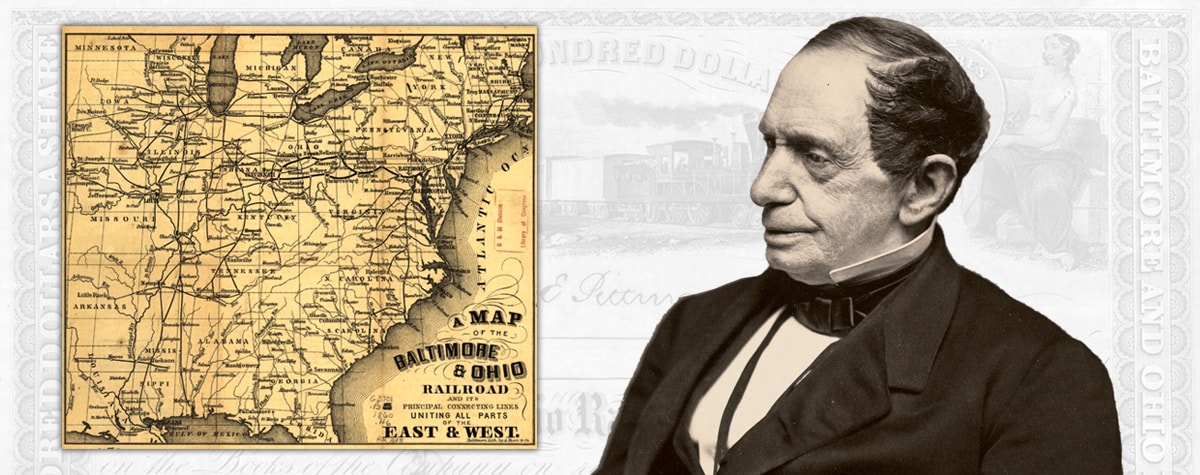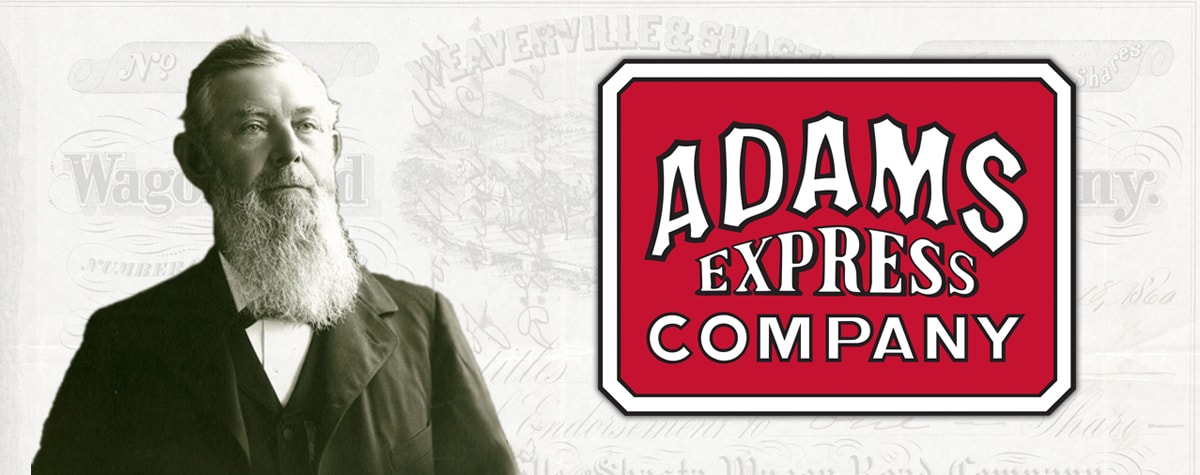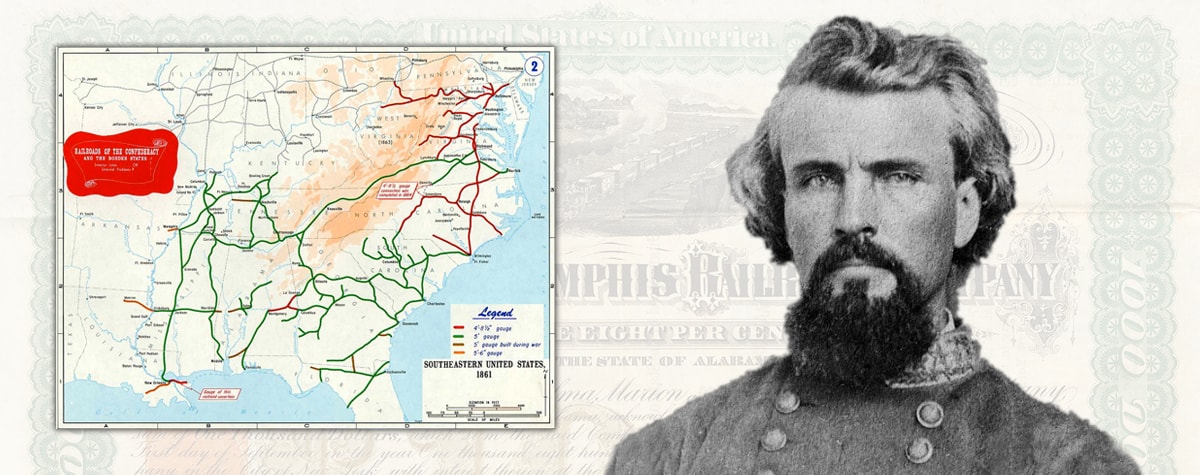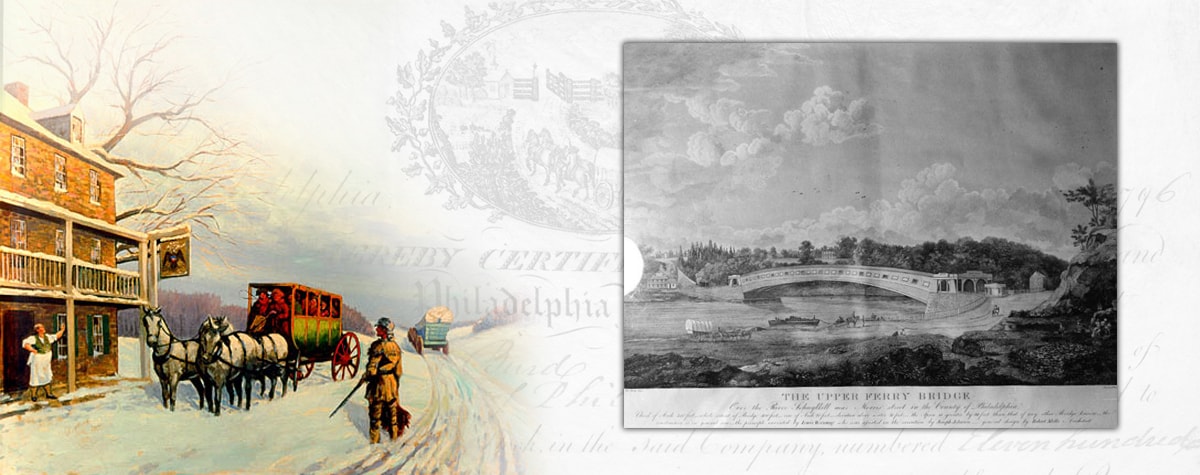-
Johns Hopkins and the B & O Railroad

Founded in 1827, the B&O Railroad was the first railroad to transport the American public. President of the B&O Johns Hopkins was also known for making a $7 million donation to found a university and hospital, making it the largest philanthropic endowment in the country at the time.
-
William Lowden: Express Rider and Wagon Road Entrepreneur

Setting record speeds with his 100-mile pony ride in just over five hours, Adam’s Express Rider William Lowden later turned entrepreneur and businessman. He went on to found an early wood-plank toll road that opened trade and commerce across Oregon.
Read more about William Lowden: Express Rider and Wagon Road Entrepreneur
-
Nathan Bedford Forrest: Reconstruction of the Confederate Railroads

As a defeated South focused on rebuilding efforts after the Civil War, controversial figures rose as planners and financiers of the Reconstruction. Alabama Governor William Hugh Smith and Ku Klux Klan founding member and leader of the 1864 Fort Pillow Massacre, Nathan Bedford Forrest, backed infrastructure companies such as the Selma, Marion and Memphis Railroad.
Read more about Nathan Bedford Forrest: Reconstruction of the Confederate Railroads
-
Early American Infrastructure and the Turnpike Road

As a newly-formed nation desperately needed routes to facilitate trade and transport, the Philadelphia and Lancaster Turnpike Road became the first long-distance private turnpike constructed in the United States.
Read more about Early American Infrastructure and the Turnpike Road
 University of Nevada, Reno
University of Nevada, Reno